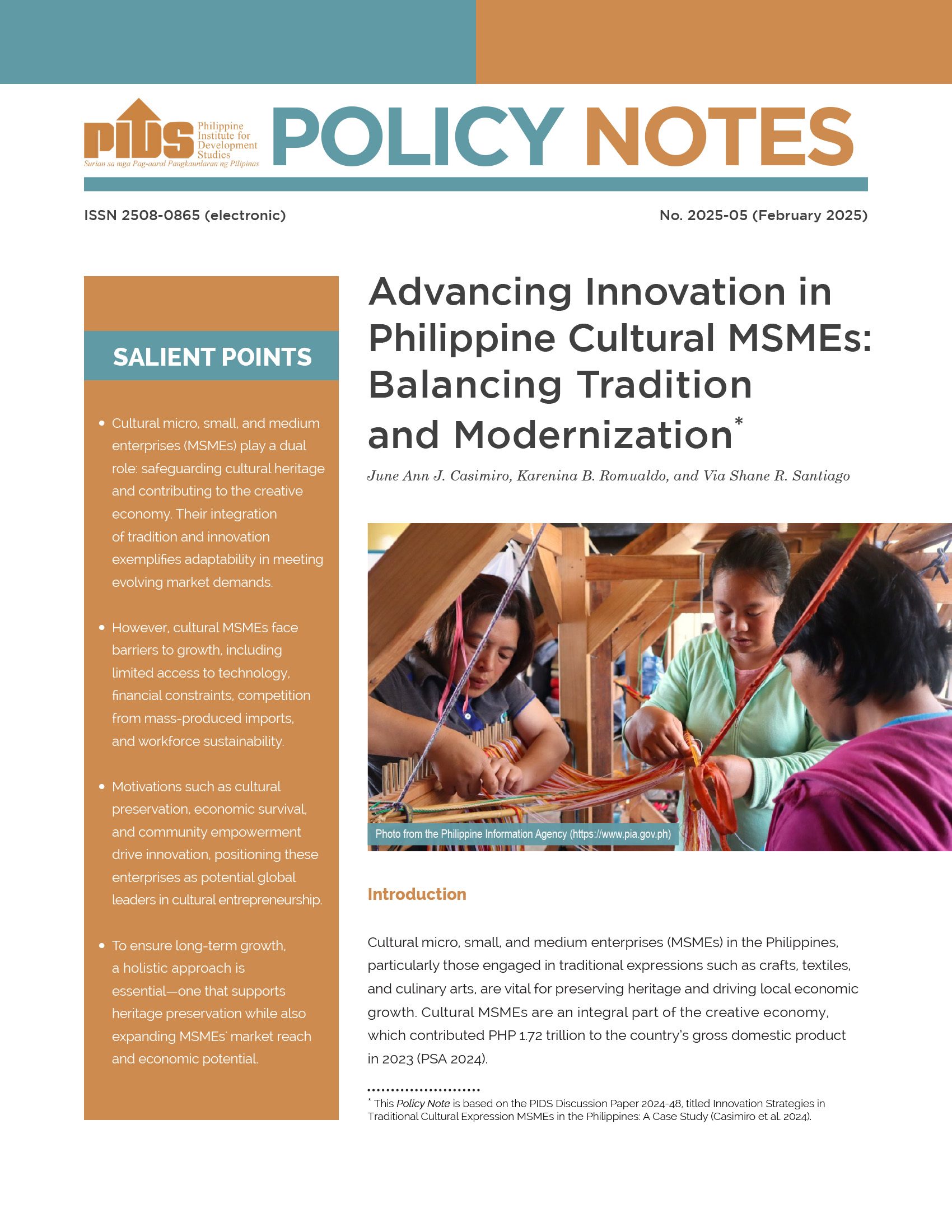Livestock production expanded by 2.7 percent to 5.09 million metric tons (MMT) in 2017, from the previous year’s 4.95 MMT, on the back of higher hog and poultry output, according to the Philippine Statistics Authority (PSA).
Data available at Countrystat, the PSA’s Web-based system for national food and agricultural statistical information, showed that hog output last year accounted for the bulk of the total livestock production at 44.45 percent.
Hog output in 2017 reached a record-high of 2.265 MMT, 1.52 percent higher than the 2.231 MMT recorded in 2016, according to the PSA data.
Pork Producers Federation of the Philippines Inc. (ProPork) President Edwin G. Chen told the BusinessMirror that higher demand for pork due to the increase in the purchasing power of Filipinos drove hog production last year.
“Also, imported pork was more expensive in the first half of 2017,” Chen added.
This year, Chen said hog production would continue to grow and expand by 2 percent. “With the implementation of the Tax Reform for Acceleration and Inclusion (TRAIN), exempting from tax those earning P250,000 and below would mean more disposal income.”
“Not only TRAIN, but also the ‘Build, Build, Build’ program of the Duterte administration means the government would pump more money into public infrastructure projects,” he added.<
PSA data also showed chicken production last year, which accounted for 34.28 percent of total livestock output, expanded by 4.24 percent to 1.745 MMT, from 1.674 MMT recorded in 2016.
“This is a bit unexpected. We were thinking that consumers got scared of the bird-flu outbreak, but apparently it was just a temporary dip. It turns out the poultry industry weathered it,” Roehlano M. Briones, senior research fellow at Philippine Institute for Development Studies (PIDS), told the BusinessMirror.
“Because there was a disruption in inventory, it is possible that poultry growers are motivated to fill up the [losses],” Briones added.
He noted that chicken egg production was not greatly affected by the bird-flu outbreak as it grew by 6.64 percent year-on-year in 2017. Data from the PSA showed poultry egg output last year reached 492,410 MT, from the previous year’s 416,720 MT.
The PIDS senior research fellow said he sees the poultry and hog sector sustaining its growth in the coming years due to the increasing demand of Filipinos for protein.
“This will be a continuing trend. We have seen in several years there’s already a cheaper option, that’s why consumers are shifting to chicken. Generally, meat consumption is really increasing,” Briones said.
“Also, fish is becoming scarcer and would become more expensive over time, while chicken would remain affordable. We expect that year after year, demand would continue to rise due to the increase in population,” he added.
Among all the livestock sectors, the dairy industry posted the highest increase in terms of output last year, registering an annual production growth of 7.56 percent. Production of dairy in 2017 reached 22,760 MT, higher than the 21,160 MT recorded in 2016.
“This could be attributed to rising income. As income goes up, there is less demand for the powdered variety or the canned variety of milk as consumers tend to shift to fresh milk,” Briones said.












